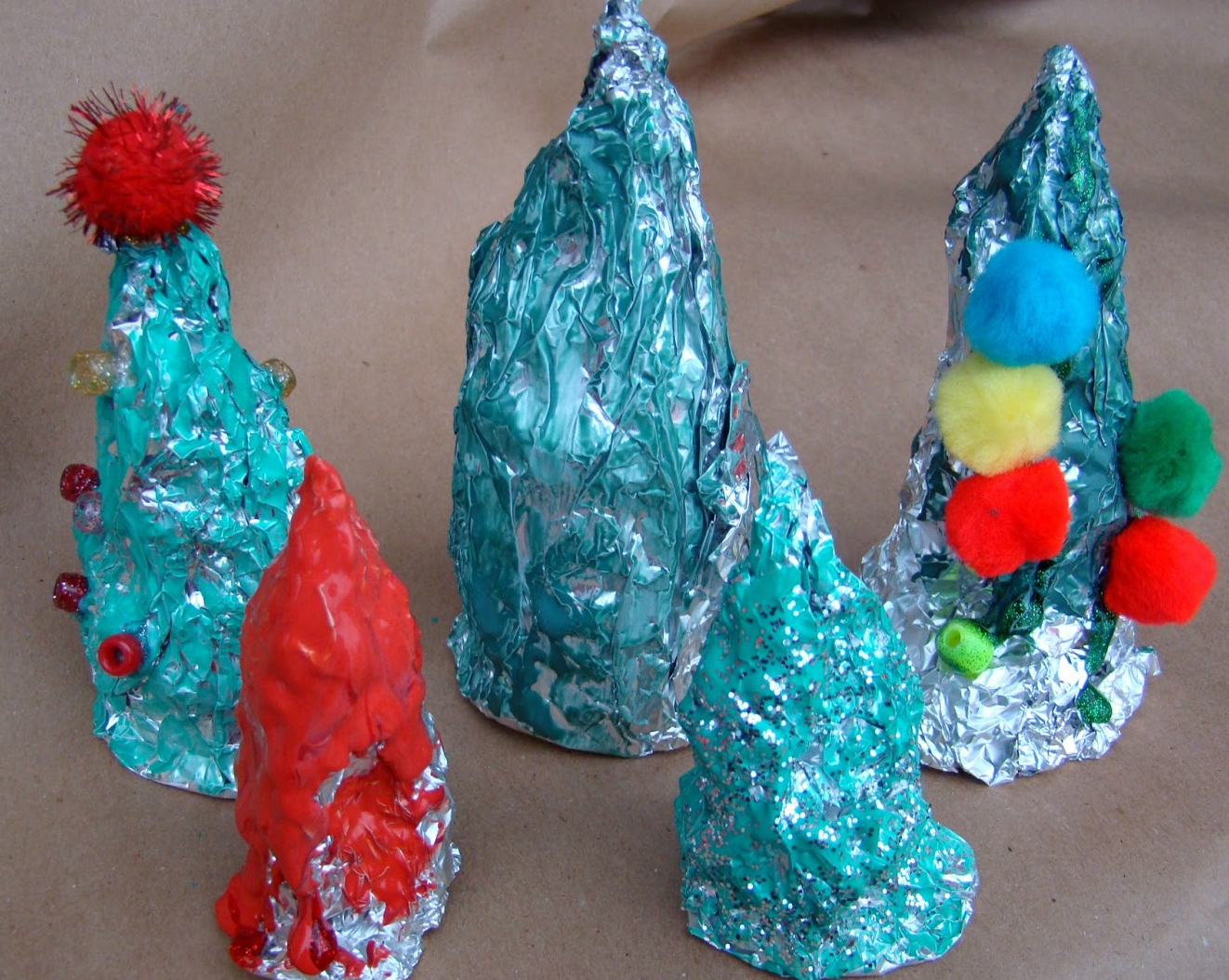Tin is the fourth most valuable metal, following platinum, gold, and silver. Pure tin is reflective, non-toxic, resistant to oxidation and discoloration, and has excellent sterilization, purification, and preservation properties. Tin is chemically stable and resistant to oxygen oxidation at room temperature, so it frequently retains its silvery luster. Pure tin is non-toxic; therefore, it is frequently plated on the interior of copper cookware to prevent copper-heated water from producing toxic copper green. Toothpaste shells are also typically composed of tin (toothpaste shells consist of two layers of tin sandwiching a layer of lead). Historically, tin foil was predominantly rectangular or square and made of thin, deformable paper sheets. The color of tin foil is silvery white, and the ash produced by its combustion is golden yellow. Its primary components are tin and aluminum, a tin-aluminum alloy that is unsuitable for food packaging.
Aluminum foil is produced by calendering metal aluminum. It is used for food packaging in the thickness range of 0.006-0.3mm, such as the aluminum lunch boxes used on airplanes that can be heated in microwaves or ovens. Aluminum foil is also commonly referred to as tinfoil packaging. Aluminum foil’s performance in food packaging is so superior that we can refer to it as aluminum foil paper or aluminum foil packaging. The specific differences between the two are as follows.
Aluminum foil paper is made of metallic aluminum or aluminum alloy that has been calender-processed, with a standard thickness of 0.025 mm or less. Tin paper is made from tin metal that has been processed by extension machinery.
Different melting points: aluminum foil paper has a melting point of 660 degrees Celsius. Point de fusion: 2,327 °C; silver-white, light metal with ductility and spreading. In humid air, an oxide film can form to prevent metal corrosion. Tin paper has a density of 5.75g/cm3, a melting point of 231.89 °C, and a boiling point of 2260 °C. It possesses outstanding ductility and spreading properties.
Aluminum foil paper has a higher melting point than tinfoil, such as Yutwin 8011 aluminum foil and 3003 aluminum foil, among others. It is better suited for grilling food.
If you want to wrap grilled food ingredients in aluminum foil, you should not add seasoning sauce or lemon. Avoid using the acid to precipitate the metal from tin foil or aluminum foil so that it can be ingested by the body. Tin can cause stomach and intestinal irritation, while aluminum can cause dementia. Anemia can result if kidney patients consume too much aluminum. It is recommended to use cabbage leaves, corn leaves, bamboo shoots shells, wild rice shells, or vegetable leaves as bedding, as they are not only non-polluting, but also nutritious and delicious.
The majority of aluminum foil has a shiny side and a matte side. Food-grade aluminum foil can be wrapped on both sides, with the shiny side used to enhance heat transfer. Aluminum foil is utilized to prevent food from adhering to the baking sheet, to prevent food from becoming soiled, and to make brushing the baking sheet easier. In a food-baking electric oven, aluminum foil can be utilized. It is important to note, however, that not all baking recipes call for aluminum foil. Typically, it is used to bake meat, fish, and other foods, as well as individual cakes with color specifications. The purpose of using aluminum foil is to facilitate the cleaning of the baking dish as well as the rapid heating of the food.
It is suitable for common barbecue, baked, and even chicken roasting, etc. All baking is wrapped in aluminum foil, which is clean and hygienic while preserving the original flavor. As a result of the decrease in the price of aluminum, aluminum foil has replaced tinfoil in daily life. However, because aluminum can affect brain development, the surface of aluminum foil is now coated to prevent its release.
Yutwin Aluminum production of aluminum foil material to absorb heat strongly, faster thermal conductivity, double-sided available aluminum foil material, can be used in direct contact with food, box with its own saw blade teeth, neat and easy to tear easy to use, keep food food fresh and nutritious, retain deliciousness, welcome to contact us for quotation.
Post time: Dec-27-2022

